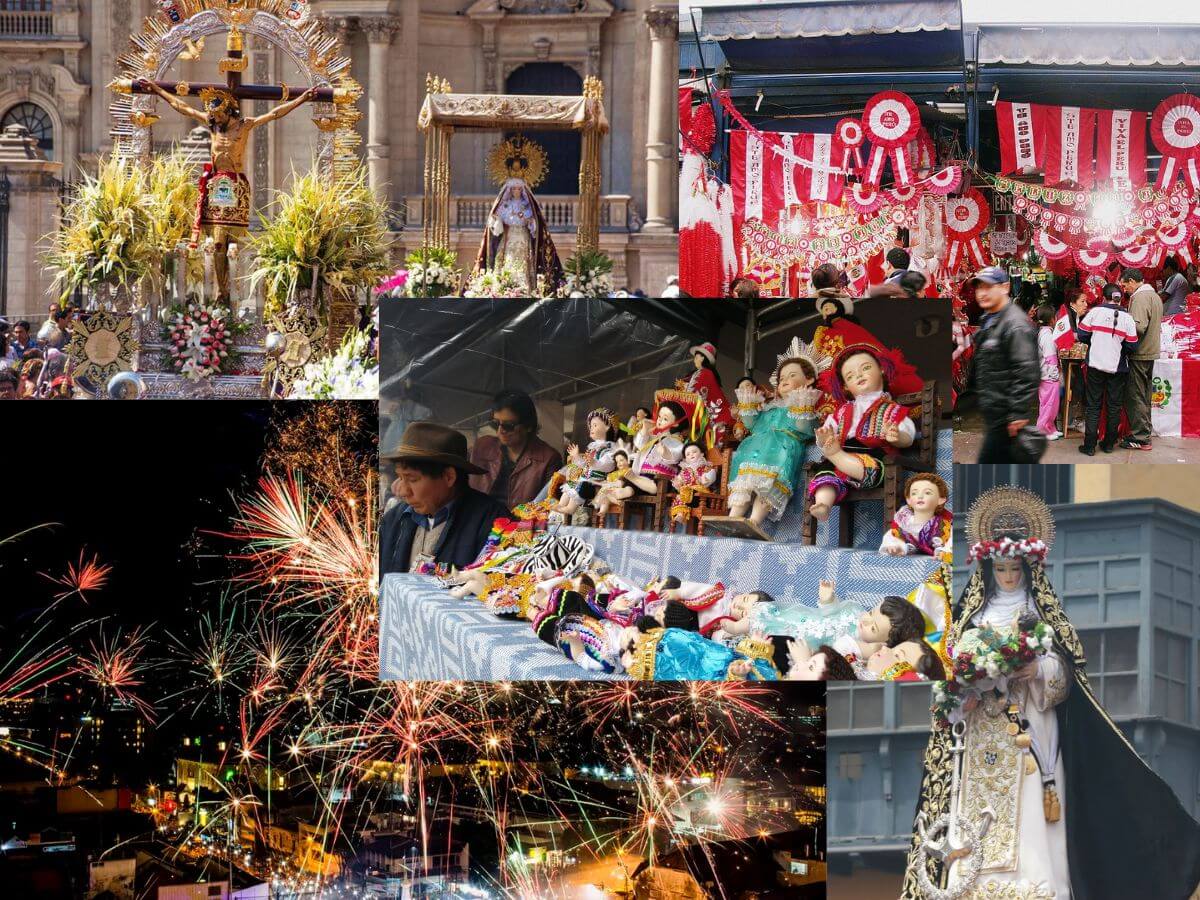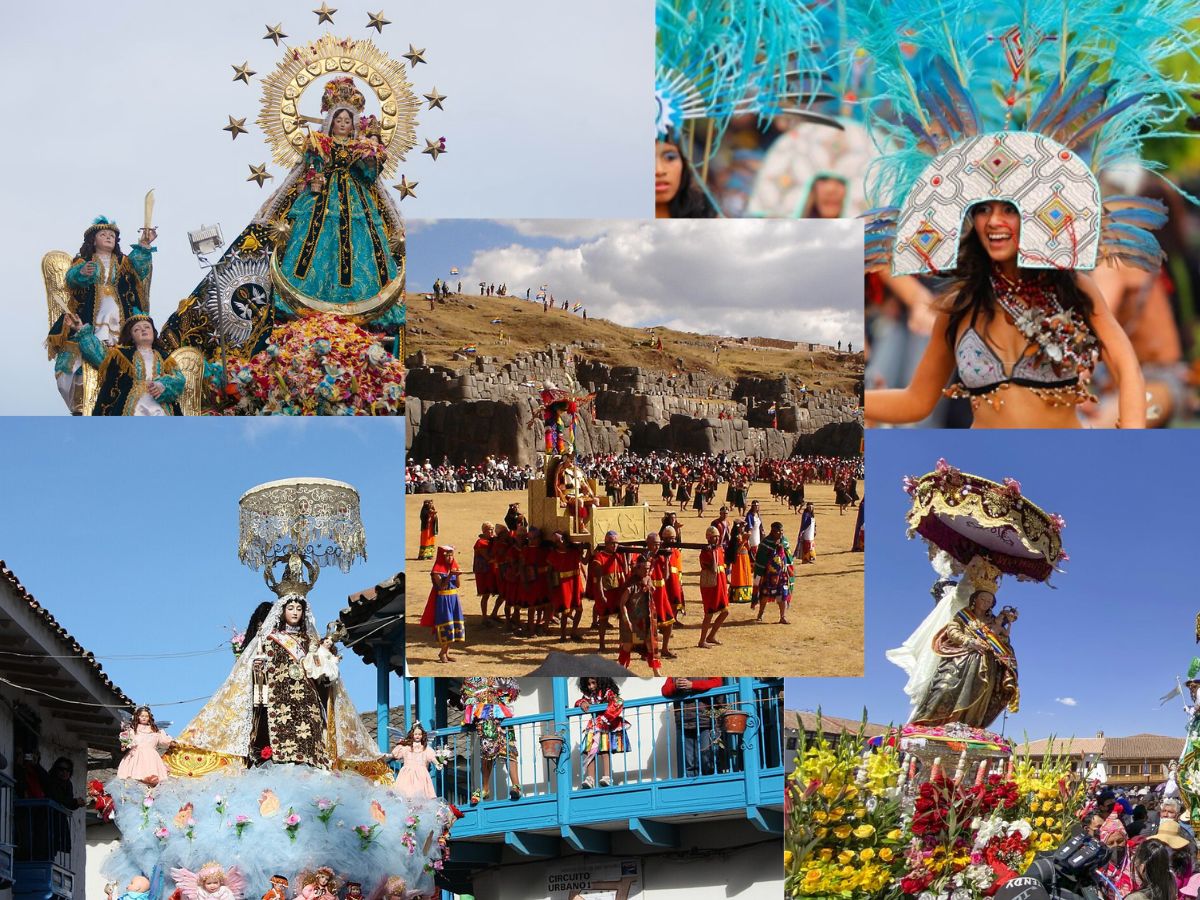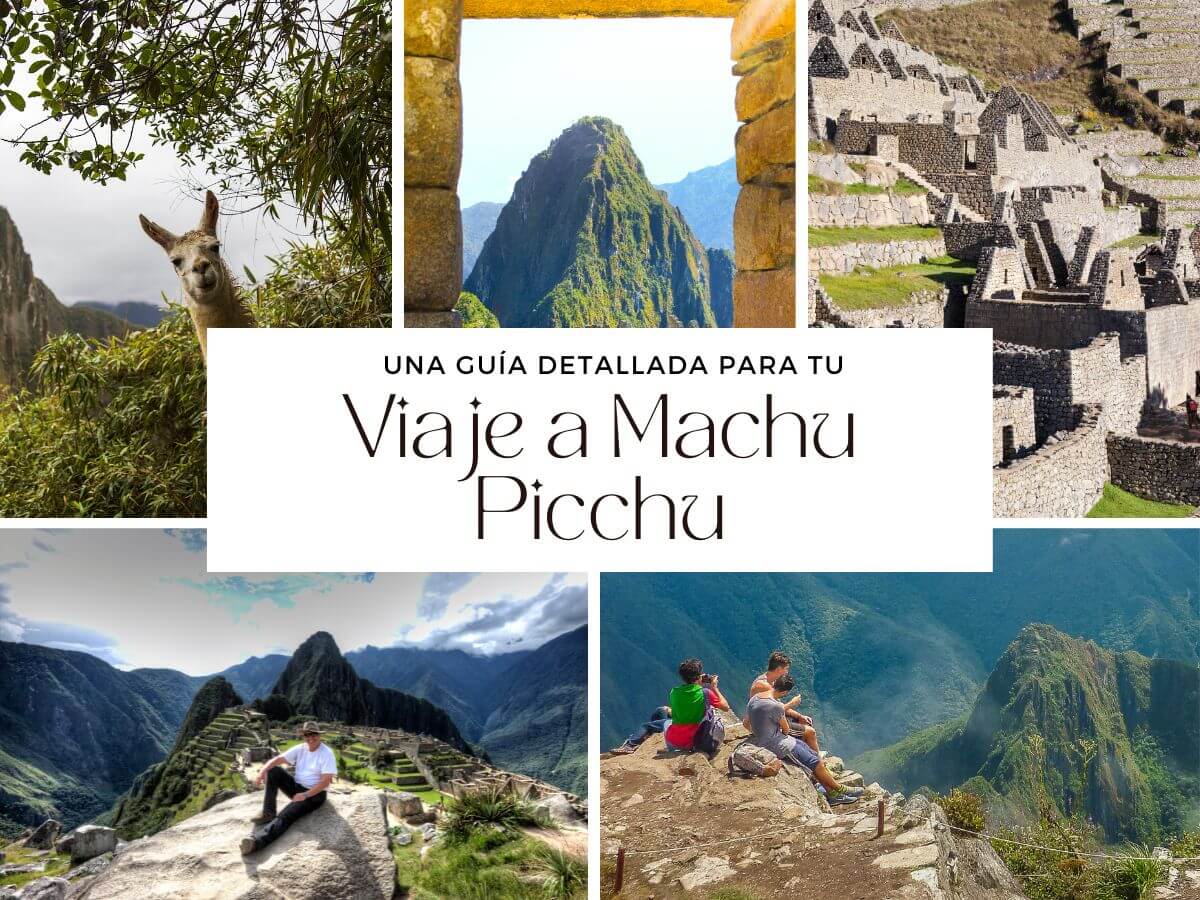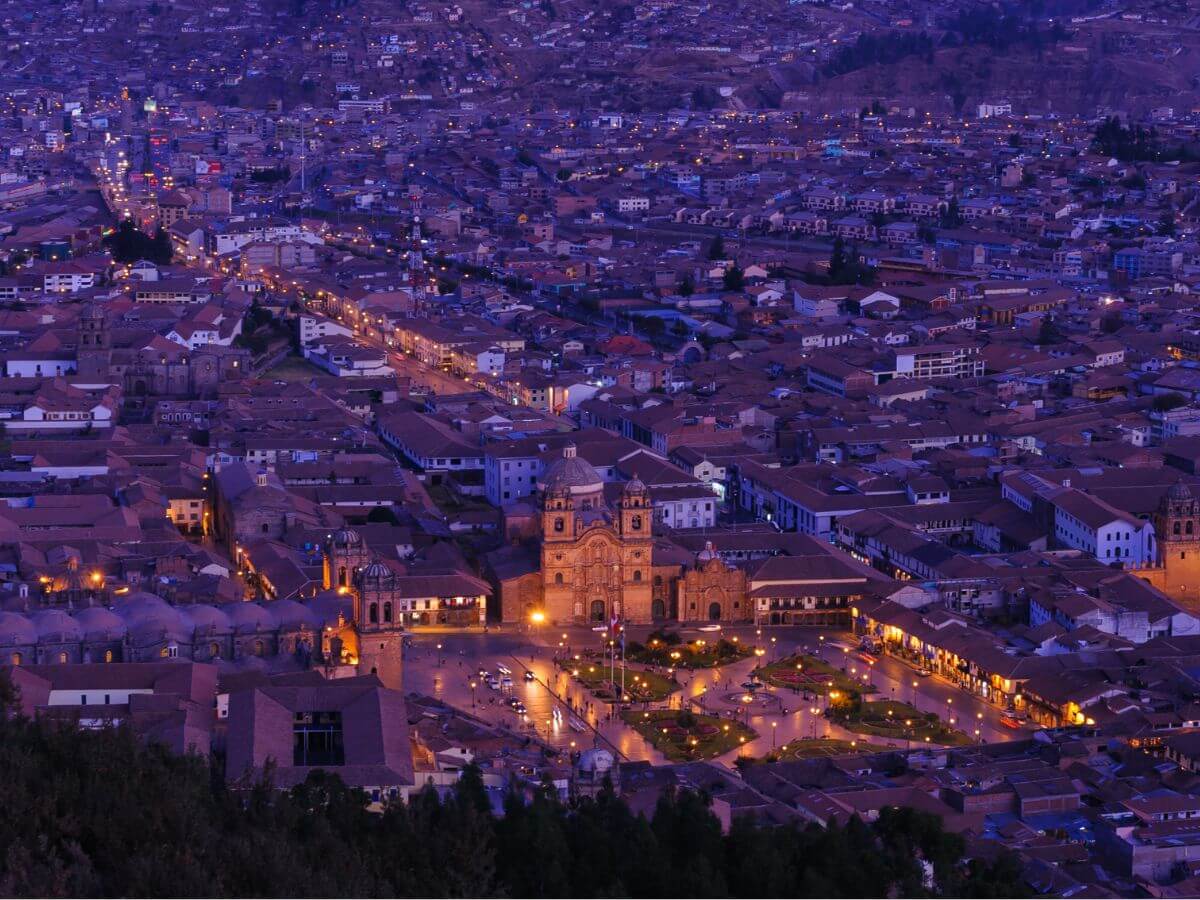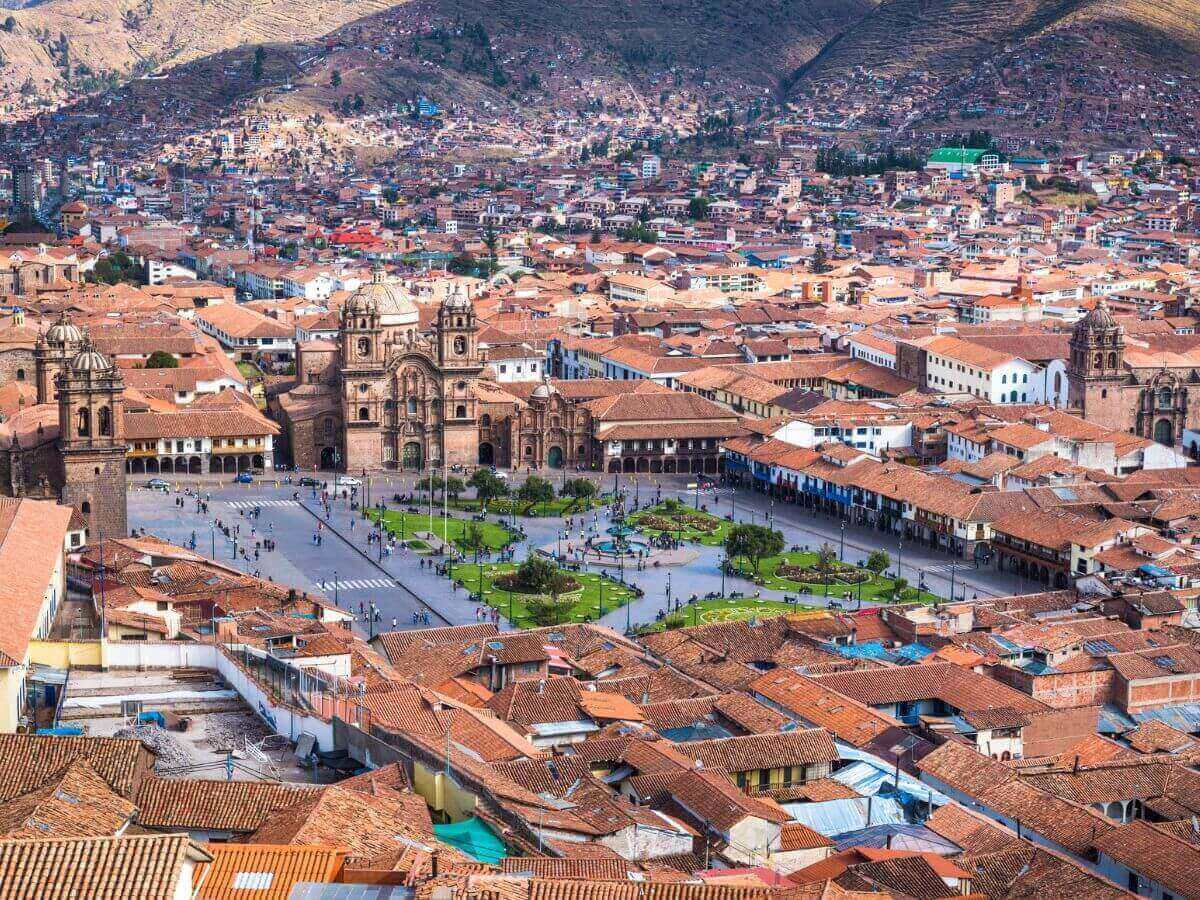Huchuy Qosqo Archaeological Complex (Qaqyaqawana)

Huchuy Qosqo Peru, receives the denomination in Quechua: Cusco small name that it received at the beginning of the 20th century; precisely because of its architecture similar to the city of Cusco.
In the period of the Incas it has been known as: Qaqyaqawana or Qaqyaqawana, Quechua word, which refers to “from where lightning is observed”, executed during storms. On August 19, 2003, it was proclaimed Cultural Heritage of the country.
Huchuy Qosqo : Location

This archaeological zone is located on a small plain at an altitude of 3,670 meters above sea level in the upper third of the mountain, in the municipality of Lamay, province of Calca, 50 km north of Cusco.
Its location is privileged, like Machu Picchu, its buildings extend over Urubamba or the Yucay Valley. From where you can see the other side of the Sacred Valley of the Incas and the endless snow-capped mountains, its pure beauty like the snow-capped Pitusiray and beyond, the city of Calca. The average temperature varies between 11 °C and 17 °C.
History of Huchuy Qosqo
In his second chronicle “Señorío de los Incas” by Pedro de Cieza de León, he says that the palaces of Huchuy Qosqo were built by Wiracocha, the eighth Inca ruler. Who decided to leave Cusco to seek refuge in the zone of the Chanca invasion, when his son Tupac Inca Yupanqui (Pachacútec) governed the Inca resistance.
The Spanish chronicler Juan de Betanzos asserted that after ten years of leaving power to Pachacútec or Inca Yupanqui, Wiracocha spent his last days in the Qaqyaqawana Valley, dying at the age of eighty. For her part, María Rostworoski in her work “Historia del Tahuantinsuyo” adds that Wiracocha chose his son Inca Urco as his successor, who, spurred on by power and vices, proved to be completely out of control.
Disgusted by this choice, the Inca royalty sought to form a conspiracy to overthrow the second son of Wiracocha, and put in the prince Cusi Yupanqui. Social unrest and tension increased day by day, and to make matters worse, the darkest night fell on Cusco: the Chancas arrived at the gates of the capital and prepared to destroy it.
In the year 1438, Wiracocha left the city towards his destination and, accompanied by his son Inca Urco, sought refuge in his palaces in the Urubamba valley, where Huchuy Qosqo was.
After the Spanish conquest, Gonzalo Pizarro found a mummy that probably belonged to the Inca Wiracocha and ordered it burned. Descendants of the Incas hid the ashes in a container that was discovered many years later by the chronicler Polo de Ondegardo.
What happened to Huchuy Qosqo?
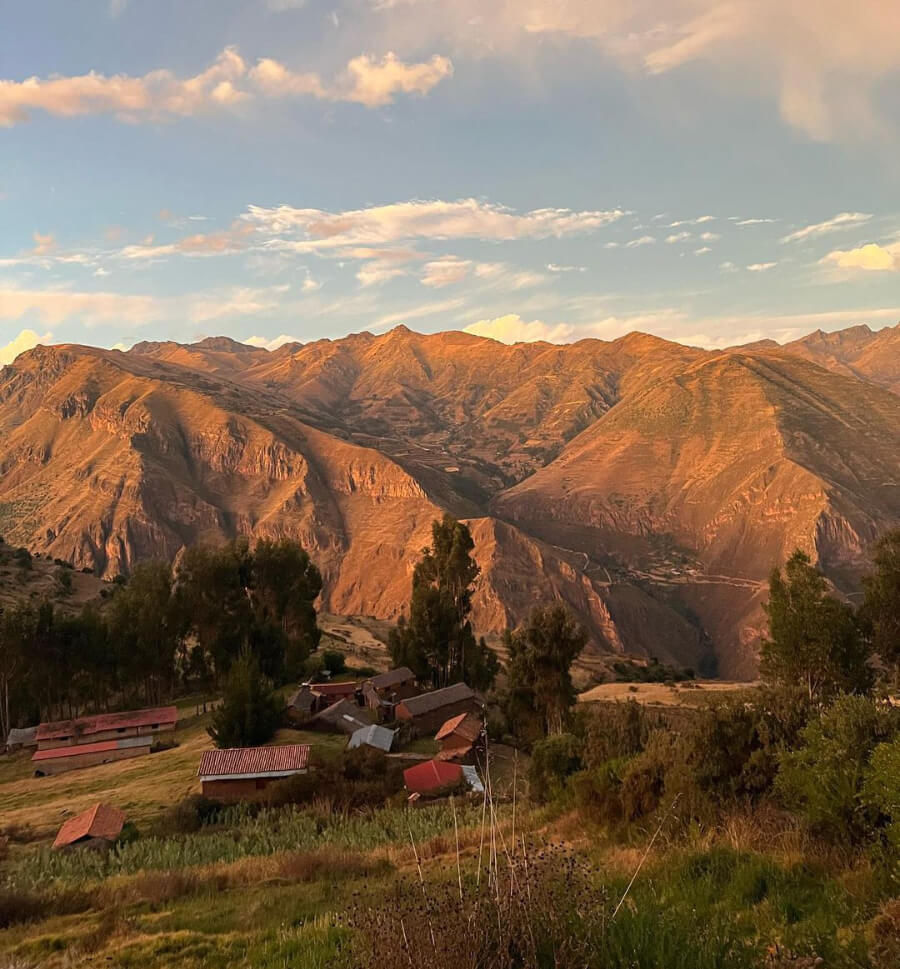
Due to its buildings and remains found in the area, it is believed that it was an administrative and military center around Pisaq, with numerous buildings in the area.
In this area it is possible to observe Inca constructions with fine and perfect stone structures and grain deposits called Qolcas, located below the main enclosure of Huchuy Qosqo; This storage system is useful for storing and preserving food, since this area is an important agricultural center for the production of corn.
Construction of Huchuy Qosqo Cusco
Wiracocha and his descendants needed many workers for the construction. Therefore, the citizens of the Inca Empire were obliged under the mit’a system to contribute to the construction work of the Huchuy Qosqo together with other specialists and artisans. Royal lands also serve as large country palaces and sometimes as fortifications to defend against rivals.
In Huchuy Qosqo one of the most beautiful architectural works of the Inca Empire is exhibited, where a series of architectural structures are still maintained, made with great ingenuity and wisdom, mixed with lithium, adobe and mud material for its construction. The walls with a slight internal slope support the telluric movement, the inclement weather and the inevitable passage of time; They are proof of his high technology and knowledge of these constructions.
The construction of the enclosures has a slight internal trend, which guarantees better behavior during earthquakes. As can be seen, the “windows” are trapezoidal in shape, narrow at the top and wider at the bottom, the opening is closed by a stone lintel, the length of which opens between 4 to 5 rows of stones.
Buildings in Huchuy Qosqo

One of the most outstanding characteristics of Huchuy Qosqo is the location of the set on a slope towards the natural slope of the mountain, the result is very aesthetic. Among its buildings you will find:
A “Kallanka”, which is of great importance to house the Inca officials; it is at least 40 to 50 feet long. All three are also famous buildings, one with three floors, with two floors of carved stone and high adobe, while the other preserves an adobe-based structure.
The third building was originally a rectangular-based structure of large adobe bricks, probably intended as a place for imperial women to learn their work; In addition to large terraces, cliffs, a very large square and a large Inca gate that serves perfectly as a gate to control the passage of the city.
The water supply at the site is an irrigation canal built by the Incas, lined with perfectly connected rocks to prevent water leaks of about 800 meters and several small irrigation reservoirs. When the Spanish arrived, they used the site as a farm and demolished other Inca structures to build the largest reservoir we see today.
How to get to Huchuy Qosqo?
To get to the Huchuy Qosqo Trek Review archaeological complex, it is necessary to hike through three different paths:
1. Tambomachay – Huchuy Qosqo
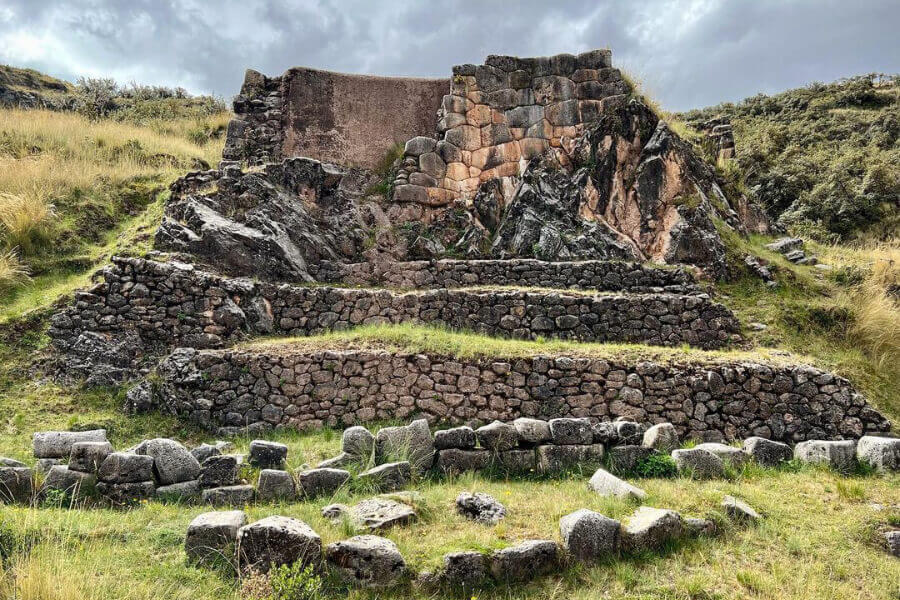
The first is a 2-day, 1-night trek through ancient Inca trails, crossing mountain trails and walking near beautiful lagoons with views of the snow-capped mountains of the Andes; This tour begins at 3,800 meters above sea level in Tambomachay, the highest point is at 4,300 meters above sea level and ends at 2,800 meters above sea level.
This means that there is a significant unevenness, which invites you to camp under the stars and the tranquility of this place.
2- Chinchero – Huchuy Qosqo
The second route goes through Chinchero, starting in Taucca, a town in the beautiful Piuray lagoon, an average of 03 hours of walking, during which you can see the lagoons shine, on it ducks, huallatas and llamas grazing that look very impressive, until reaching its Andes.
3- Lamay – Huchuy Qosqo
Another route on foot is going up from the town of Lamay, about 2 hours of walking through a narrow and steep path. It is impossible not to experience the absolute beauty of the architecture and to think of the landscape of the Sacred Valley, it is strange that we still cannot explain how the Incas developed such detailed architectural techniques.
To visit this and other architectural wonders of the historic city of Cusco, remember to contact Machu Picchu Peru Tours, which will help you reach all the dream sites and take you the best experience. Do not hesitate to take our 1-day hike to Huchuy Qosqo!










